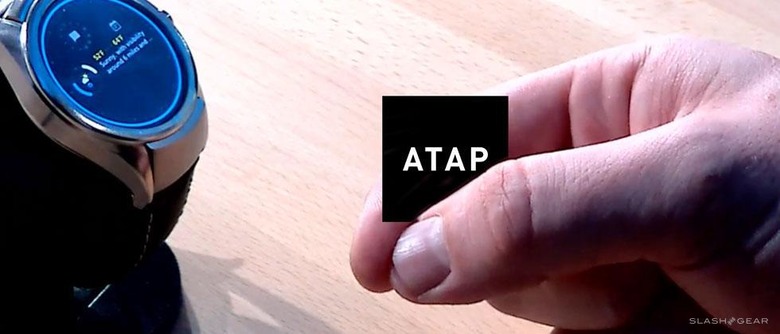Google Soli No-Touch Phone Tech Greenlit By FCC
In Google's future, smartphones and such won't necessarily need touchscreens to operate. Instead, with the technology they call Soli, users will be able to control their smart devices with a wave of their hand. While this sort of technology isn't technically completely new, the level to which these gestures will operate is now being taken out a whole new door.
The most recent update on this subject is the FCC's OK to run their smart device-based radar motion sensor at higher power levels than are allowed for any other application. This comes after Google applied for such approval and after Facebook (with their VR group Oculus) suggested that these higher power levels might create interference with other on-device systems. This goes for both on-ground and in-aircraft use, so long as it is "only in closed exclusive on-board communication networks within the aircraft."
According to the most recent report on the subject, the FCC, Facebook, and Google came to a consensus on the subject. The power with which Google can operate its radar sensors is higher than before, but not quite as high as they'd initially requested. One can find more information on this in the FCC's Google-Facebook Joint ex parte Filing of 2018.
According to the FCC document published this week: "Google originally requested power levels based on European standard ETSI EN 305 550 V1.2.1 (2014-10). The ETSI standard specifies requirements for short-range devices (e.g., radars for applications such as telemetry, telecommand, alarms, data transmissions in general) that operate in the 40 GHz to 246 GHz frequency range. For the 57-64 GHz band, the ETSI standard permits a 20 dBm peak EIRP, which is more than what the Commission's rules permit for field disturbance sensors in this frequency band."

The regulatory filing also mentions a bit about how the Google Soli system works. Much like its voice-activated control brethren, Soli isn't always active. According to the document, "The Google Soli sensor shall operate with a maximum transmit duty cycle of 10 percent in any 33 milliseconds (ms) interval (i.e., the Soli sensor will not transmit longer than a total of 3.3 ms in any 33 ms time period)."
Google has not yet revealed any commercial applications for this technology – but based on what we've seen so far, there's a good chance it'll be rolling out some time in the near future to something or other – something you can buy and use like a good early adopter does. Stick around our Soli tag portal to see more!
